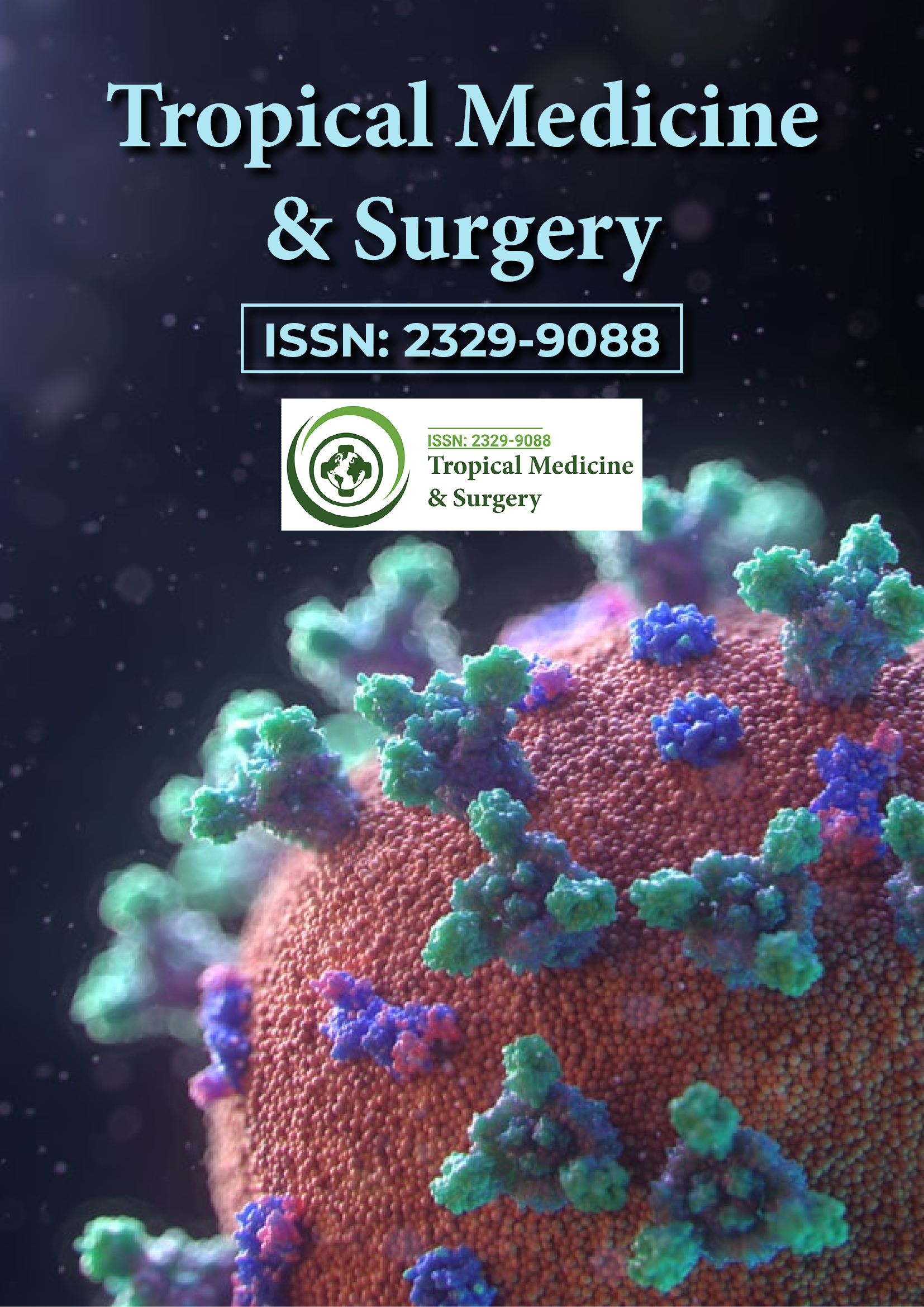Indexed In
- Open J Gate
- Academic Keys
- RefSeek
- Hamdard University
- EBSCO A-Z
- OCLC- WorldCat
- Publons
- Euro Pub
- Google Scholar
Useful Links
Share This Page
Journal Flyer

Open Access Journals
- Agri and Aquaculture
- Biochemistry
- Bioinformatics & Systems Biology
- Business & Management
- Chemistry
- Clinical Sciences
- Engineering
- Food & Nutrition
- General Science
- Genetics & Molecular Biology
- Immunology & Microbiology
- Medical Sciences
- Neuroscience & Psychology
- Nursing & Health Care
- Pharmaceutical Sciences
Perspective - (2025) Volume 13, Issue 1
Ensuring Child Safety during Infectious Disease Outbreaks
Dennis Melker*Received: 25-Feb-2025, Manuscript No. TPMS-25-28545; Editor assigned: 27-Feb-2025, Pre QC No. TPMS-25-28545 (PQ); Reviewed: 13-Mar-2025, QC No. TPMS-25-28545; Revised: 20-Mar-2025, Manuscript No. TPMS-25-28545 (R); Published: 27-Mar-2025, DOI: 10.35248/2329-9088.25.13.384
Description
During an outbreak involving infectious diseases such as monkeypox and chickenpox, it becomes important to understand their similarities and differences, particularly in children. Both conditions share some common features but are distinct in terms of causes, symptoms, transmission and treatment. Understanding these factors is vital for early identification and appropriate management.
Symptoms and presentation
Both monkeypox and chickenpox present with skin rashes, but there are noticeable differences in their characteristics.
Monkeypox symptoms: The illness typically begins with fever, headache, muscle aches and fatigue. Swollen lymph nodes are a distinguishing feature that is absent in chickenpox. After 1 to 3 days, a rash appears, often starting on the face and spreading to other parts of the body. The monkeypox rash progresses through stages macules, papules, vesicles, pustules and scabs and the lesions are often deep-seated and firm.
Chickenpox symptoms: Chickenpox starts with fever, fatigue, and loss of appetite, followed by a rash that begins as red spots before evolving into itchy, fluid-filled blisters. These blisters eventually dry out and form scabs. The rash typically appears on the chest, back and face before spreading elsewhere.
While both diseases cause fever and rash, the presence of swollen lymph nodes in monkeypox helps distinguish it from chickenpox. Additionally, monkeypox lesions tend to develop more slowly and are more uniform in their progression compared to the rapidly changing chickenpox blisters.
Transmission
Monkeypox can spread through direct contact with bodily fluids, lesions, or contaminated materials such as bedding. Respiratory droplets can also facilitate transmission, especially during prolonged face-to-face contact. Additionally, the virus may spread through infected animals in endemic regions.
Chickenpox spreads more easily than monkeypox, mainly through airborne respiratory droplets from coughing or sneezing. It can also spread by touching infected surfaces or coming into contact with fluid from the blisters.
Severity and complications
While both illnesses can result in complications, their severity tends to differ.
Monkeypox complications: Monkeypox can lead to pneumonia, sepsis, encephalitis and corneal infection, which may result in vision impairment. The disease has a higher risk of complications in young children, pregnant women and individuals with weakened immune systems.
Chickenpox complications: Chickenpox complications include bacterial skin infections, pneumonia and encephalitis. In rare cases, chickenpox may reactivate later in life as shingles, a painful rash caused by the same virus.
Monkeypox generally has a higher risk of severe outcomes compared to chickenpox, especially in resource-limited settings or among vulnerable groups.
Diagnosis
Both conditions require clinical evaluation, but laboratory testing provides confirmation.
Monkeypox diagnosis: Diagnosis typically involves polymerase chain reaction (PCR) testing of skin lesions, blood samples, or respiratory specimens. PCR is highly effective in detecting the monkeypox virus and is essential during an outbreak.
Chickenpox diagnosis: Diagnosis is often based on clinical signs alone, especially during known outbreaks. PCR tests or direct fluorescent antibody tests may be used if confirmation is needed.
Impact on children during an outbreak
In the context of an outbreak, both monkeypox and chickenpox can affect children significantly. Schools, childcare facilities and social gatherings may contribute to rapid transmission. While chickenpox spreads more easily, monkeypox may present a higher risk of severe outcomes in unvaccinated or immunocompromised children.
While monkeypox and chickenpox share some similarities, including fever, rash and transmission through contact, they differ significantly in terms of their causes, severity, and prevention strategies. Monkeypox is a zoonotic viral infection with a potentially higher risk of severe outcomes, while chickenpox is a common yet preventable illness in children. Understanding these distinctions allows healthcare providers, caregivers and communities to better manage outbreaks and protect vulnerable groups, particularly children.
Citation: Melker D (2025). Ensuring Child Safety during Infectious Disease Outbreaks. Trop Med Surg. 13:384.
Copyright: © 2025 Melker D. This is an open-access article distributed under the terms of the Creative Commons Attribution License, which permits unrestricted use, distribution, and reproduction in any medium, provided the original author and source are credited.
